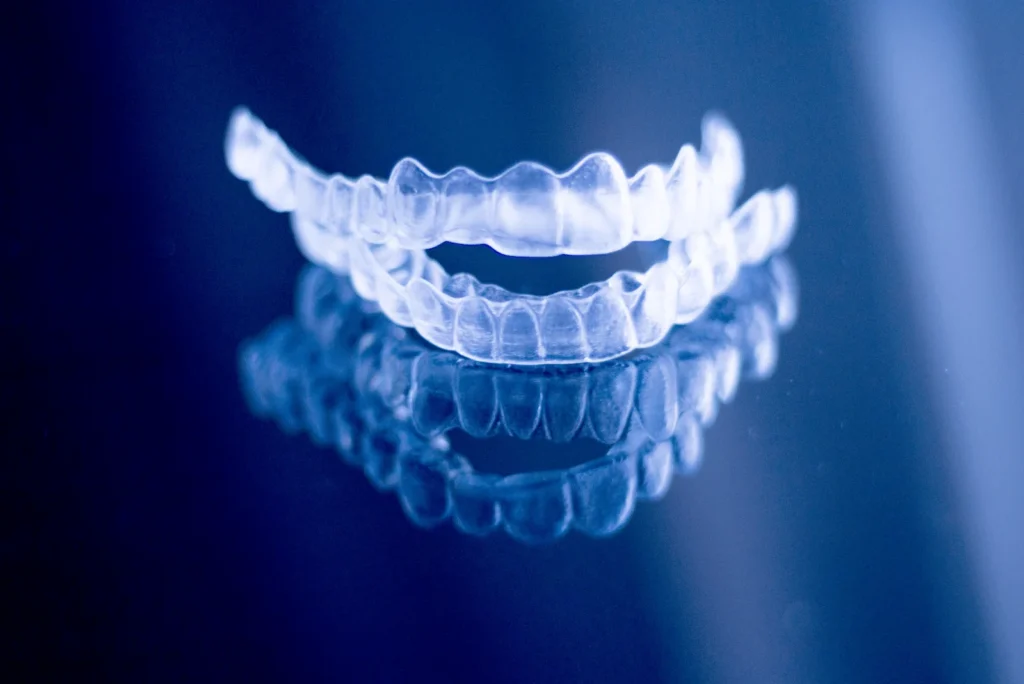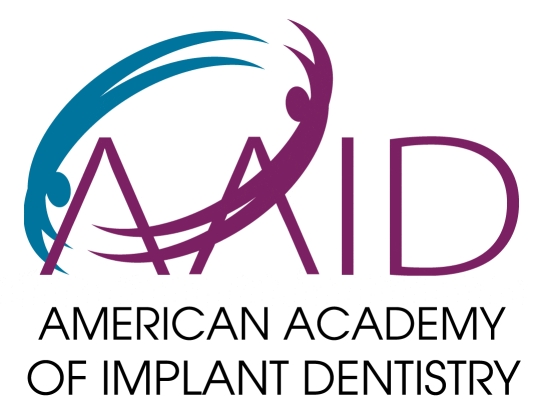Can Invisalign fix rotated teeth is a question we hear regularly from patients at Lansdowne Family Dental who are frustrated with teeth that appear twisted or turned in their smile. Rotated teeth can make even an otherwise straight smile look uneven and affect your confidence when speaking or smiling. The good news is that Invisalign clear aligners are highly effective at correcting tooth rotation, particularly for mild to moderate cases where teeth have turned along their vertical axis. Through precisely programmed movements and strategically placed attachments, Invisalign can gradually rotate teeth into their proper positions while maintaining the discreet appearance that makes this treatment so popular.
In this detailed guide, we’ll explore exactly how Invisalign addresses rotated teeth, discuss the factors that determine treatment success, and explain when additional interventions might be necessary for more complex rotation cases.
What Is Tooth Rotation?
Tooth rotation refers to a tooth that excessively twists or spins on its axis, often appearing slanted compared to surrounding teeth. Mild rotation up to 15 degrees is common. Severe rotation exceeds 45 degrees of twisting.
Some causes of tooth rotation include:
- Losing primary teeth too early
- Crowded alignment forcing twisting
- Impaction pushing nearby teeth askew
- Incorrectly attached brace bands
- Thumb-sucking habits
- Cleft palate development issues
Rotated teeth pose functional problems like uneven bite force distribution and aesthetic issues like smile asymmetry. Thankfully rotation can be corrected through precise realignment.
How Rotated Teeth Are Realigned
Traditional metal braces use interconnected wire tightened over time to simultaneously pull and push on all teeth for measured rotation control. Clear aligners like Invisalign instead rely on custom-sequenced tray stages, using steady increments to achieve gradual rotation improvement.
Each 1-2 week Invisalign tray stage applies light pressure onto the rotated tooth’s root, incrementally encouraging the tooth back into proper orientation step-by-step. This sequential process gently coaxes the tooth’s periodontal ligament to reform while avoiding trauma to the surrounding bone.
With consistent aligner tray wear (20-22 hours a day), the steady progressive movement straightens mildly rotated teeth effectively over each advancing treatment stage. Moderate rotations see excellent improvement combining clear aligners with some bonded attachments for extra positional grip.

Limits of Invisalign for Severely Rotated Teeth
However, dentists consider tooth rotation exceeding 20 degrees to represent true clinical rotation that becomes exponentially harder to correct as severity increases.
This is due to the increased root surface area embedded in the bone matrix. Without bands physically attached to teeth, Invisalign aligners alone may complete only partial correction for severe rotation over 45 degrees.
But combining clear aligner therapy with selectively fixed braces for targeted control now provides precision. We strategically place brackets/bands on severely rotated teeth first for preliminary straightening. Then Invisalign trays refine overall smile alignment once the worst rotation is reduced.
What Level of Rotation Can Invisalign Fix?
Assessing exact rotation severity requires advanced imaging to view the positioning in 3D. But broadly speaking, Invisalign effectiveness handles:
- Mild rotation = under 15 degrees – Aligners alone likely suffice
- Moderate rotation = 15-45 degrees – Aligners + attachments produce excellent results
- Severe rotation = over 45+ degrees – Combination treatment approaches maximize outcomes
We examine your unique anatomy, rotation severity, and overall goals to engineer a personal solution.
| Rotation Severity | Invisalign Likelihood of Full Correction |
| Mild Under 15° | Excellent prognosis with aligners alone |
| Moderate 15°- 45° | Very good prognosis with aligners + attachments |
| Severe Over 45° | May need to combine with fixed braces |
- For mild rotation under 15 degrees, aligners should fully correct
- With moderate rotation of 15-45 degrees, excellent improvement when aligners combined with bonded attachments
- For severe rotation beyond 45 degrees, using short-term fixed braces may set the tooth up for aligner refinement
Closing Thoughts – Consult an Expert
While unable to fix every extent of severe tooth rotation alone, Invisalign clear aligners remain highly effective at straightening mildly to moderately rotated teeth. We determine candidacy and strategic plans based on each patient’s unique anatomy and goals.
Wondering if your degree of tooth rotation can be improved by Invisalign? Consult our Lansdowne Family Dental team for an evaluation and custom treatment recommendations. Call our office today to schedule a consultation.






